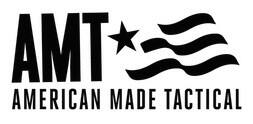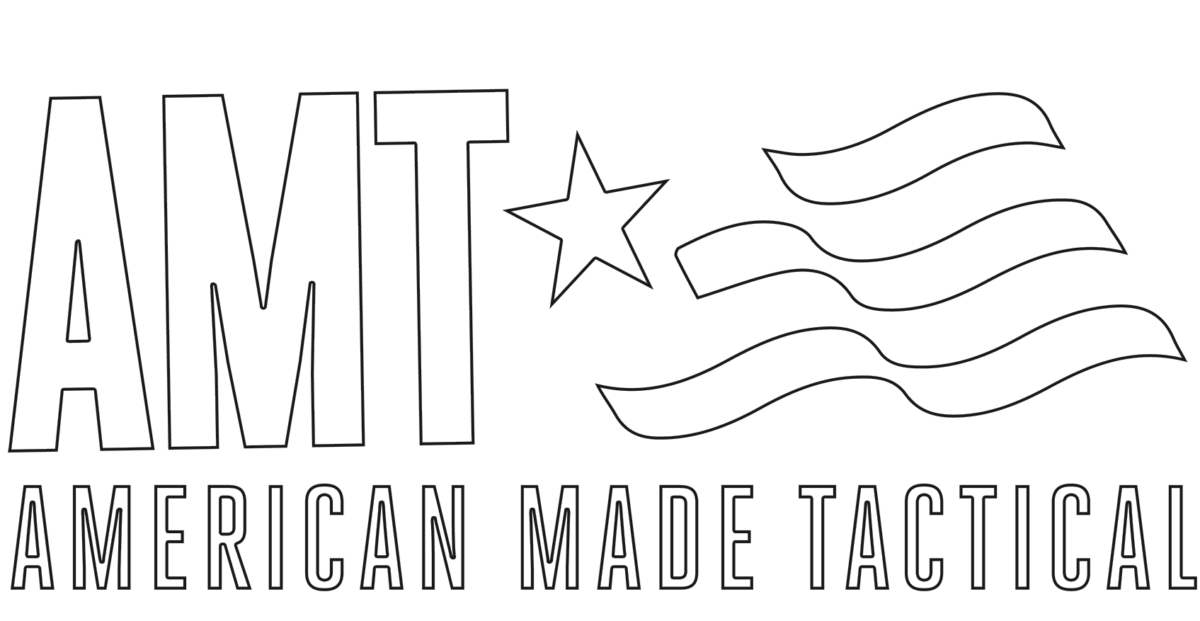Gun Tech
5.56 NATO vs. .223 Wylde: What’s the difference?
Most avid fans of the AR-15 are aware that it is safe to fire .223 Remington cartridges in an AR-15 chambered for 5.56 NATO but, it is not safe to fire 5.56 NATO cartridges in a rifle chambered for .223 Remington. Consequently, the very large majority of AR-15’s manufactured for the civilian market today are chambered for 5.56 NATO.
Despite the fact that rifles chambered for the .223 Remington cartridge are generally more accurate than those chambered for the 5.56 NATO cartridge, the .223 Remington is also far less versatile due to its lower chamber pressure and its limited choice of bullet weights.
But, what if a shooter could have a single rifle that would safely fire both the .223 Remington cartridge and the 5.56 NATO cartridge while delivering nearly the same level of accuracy as a rifle chambered for .223 Remington? Well, now you can!
What is a .222 & .223 Remington?
Despite the fact that General George Patton described the M1 Garand as the greatest battle rifle ever developed, by the early 1950’s, the M1 Garand (with an overall length of 46.3 inches and a weight of 9.5 pounds) was deemed too long and too heavy for modern warfare. Plus, its 7.62 x 51mm cartridge was deemed too powerful for engagements at less than 400 yards.
Consequently, in the late 1950’s, the U.S. Continental Army Command (aka CONARC) began searching for a new small caliber high velocity (SCHV) cartridge and a new rifle to fire it. Therefore, the U.S. Army requested that Eugene Stoner (who worked for ArmaLite at the time) develop a scaled down version of his AR-10 and thus, Armalite began development of their own SCHV rifle chambered for the .222 Remington cartridge.
But, it quickly became apparent that the .222 Remington case did not have enough powder capacity to enable the cartridge to meet CONARC’s stated velocity and penetration requirements. Therefore, ArmaLite collaborated with Remington to develop a similar cartridge with a longer case body and a shorter neck.
Thus, when the U.S. military officially adopted the new ArmaLite rifle in 1963 as the M16, the new .223 Remington cartridge was also selected as the new SCHV service cartridge and designated “Cartridge, 5.56mm Ball, M193” and was introduced by Remington as a sporting cartridge the following year. Consequently, the creation .223 Remington cartridge is inextricably linked to the development of the AR-15 rifle.
What is the 5.56 NATO?
U.S. Military was apparently not the only military interested in adopting a small caliber high velocity service cartridge. Thus, the adoption of the .223 Remington cartridge inspired numerous countries around the world to consider adopting a small caliber high velocity service cartridge as well.
In 1970, the various members of the NATO alliance signed an agreement to develop a second, smaller caliber, service cartridge which would enable more soldiers to qualify as “expert” marksmen while also carrying more rounds of ammunition per pound than the 7.62 x 51mm cartridge allowed.
Consequently, the .223 Remington was chosen by Belgian ammunition manufacturer FN Herstal as the parent cartridge for the development of what would eventually become the 5.56 NATO cartridge which was officially adopted in 1980 as the SS109 cartridge internationally and the M855 cartridge by the U.S. Military.
The 5.56 NATO vs 223 Remington
So, if the .223 Remington and the 5.56 NATO cartridges have identical external and internal dimensions, then why is it safe for a shooter to fire .223 Remington cartridges in an AR-15 chambered for 5.56 NATO but not safe to fire 5.56 NATO cartridges in a rifle chambered for .223 Remington?
Well, the answer to that question lies in their chamber pressures and the dimension of their respective chambers. For instance, although different testing methodology has led to widespread confusion, when measured using the same test method, the .223 Remington cartridge has a chamber pressure that is approximately 5,000 psi less than that of the 5.56 NATO cartridge which is a significant difference.
In addition, the .223 chamber (aka SAAMI chamber) has a significantly shorter lease (the free bore section of a gun barrel immediately in front of the chamber which the bullet must travel to reach the rifling) than the 5.56 NATO chamber does and, the throat angle of the .223 Remington chamber is slightly different as well.
Therefore, it is not safe to fire 5.56 NATO vs 223 Remington cartridges in a rifle chambered for .223 Remington due to the fact that the 5.56 NATO cartridge produces significantly higher chamber pressures, and because the longer leader of the 5.56 NATO cartridge may prevent the breech from fully locking when the bolt closes; both of which could lead to a catastrophic failure.
While it is safe to fire .223 Remington cartridges in an AR-15 chambered for 5.56 NATO, many shooters believe that doing so will result in a decrease in accuracy due to the longer leader of the 5.56 NATO chamber.
Thus, enter the .223 Wylde which is designed to enable shooters to safely fire both cartridges from the same barrel without experiencing a decrease in accuracy when shooting either round. But, the .223 Wylde is somewhat of a mythical creature.
What is 223 Wylde
For instance, have you ever heard of a “board stretcher” or “blinker fluid”? Well, these terms are known as oxymorons and, the .223 Wylde is somewhat similar in that, like a board stretcher, it too does not exist. But, how can you name a cartridge if it does not exist you might ask? Well, the answer to that question is that the .223 Wylde is actually a chamber dimension rather than a cartridge.
Developed by Bill Wylde of Greenup, Illinois, the .223 Wylde is a hybrid chamber design which allows shooters to take advantage of the superior accuracy provided by the .223 Remington cartridge while also taking advantage of the increased muzzle velocity and the wider range of bullet weights provided by the 5.56 NATO cartridge.
The Difference Between 223 Wylde vs 556 NATO
Wylde combined the external dimensions and the lead length of the 5.56 NATO chamber with the leader diameter of the .223 Remington chamber to create a hybrid Goldilocks chamber that enables the 5.56 NATO cartridge to safely expand in the chamber while also guiding the bullet to the rifling with greater precision; thus providing the superior accuracy associated with the .223 Remington cartridge.
Consequently, the 223 Wylde vs 556 NATO chamber is the best choice for shooters who want to be able to safely fire both .223 Remington and 5.56 NATO cartridges in their AR-15 without being forced to choose between the accuracy of the .223 Remington or the higher muzzle velocity and wider selection of bullet weights provided by the 5.56 NATO cartridge.
Furthermore, many manufacturers of 80 percent complete AR-15 lower receivers such as American Made Tactical also offer complete upper receiver assemblies chambered for .223 Wylde. Thus, by using an 80 percent lower combined with an upper receiver assembly chambered for .223 Wylde, a shooter can build their own AR-15 rifle that will safely fire both the .223 Remington and 5.56 NATO cartridges without sacrificing the advantages provided by both cartridges.
| Value | 223 Wylde | 556 NATO | 223 Remington |
| Accuracy (1 most accurate – 3 least) | 1 | 3 | 2 |
| Firing Safety | Safest to fire | Cannot shoot a 5.56 in a .233mm chamber | Can shoot in a 5.56mm chamber |
| Cartridge | 223 Remington and 556 NATO | SS109 cartridge | Cartridge, 5.56mm Ball, M193 |
| Velocity (1 highest – 3 lowest) | 1 | 3 | 2 |


Excellent article. Thanks for posting this on your website. Keep them coming!!
Bill Frasch
Great article, with the exception of the M1 Garand was not chambered on 7.62×51, it was chambered in .30-06…or 7.62×63.
This article was the reason I just purchased an AR 15 WYLDE. Thanks for the great information!
US Navy had many M1 Garands chambered in 7.62 x51.. They were officialy not M1 anymore , as they carried the nomenclature MK 2 MOD 0. But, you can buy M1 Garands chambered that round..